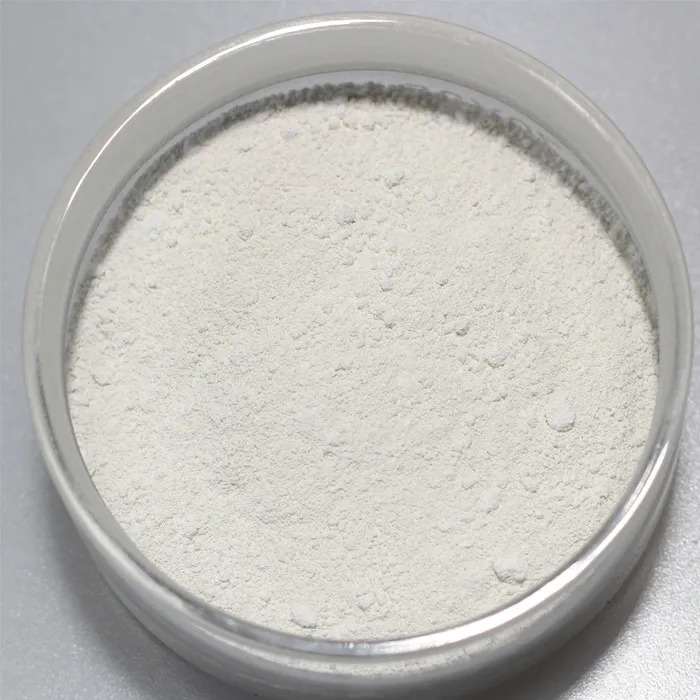Cationic polyacrylamide (CPAM) is a versatile polymer that has gained significant traction across various industries due to its unique properties and functional capabilities. This water-soluble polymer is known for its cationic charge, which allows it to interact effectively with anionic substances, making it an invaluable additive in many applications. The increasing demand for environmentally friendly and economically viable solutions has further boosted the usage of CPAM, leading to its adoption in sectors ranging from water treatment to agriculture.
One of the most prominent uses of cationic polyacrylamide is in wastewater treatment. CPAM functions as a flocculant, a substance that promotes the clumping together of particles in wastewater, effectively aiding the separation of solids from liquids. When introduced to wastewater, CPAM molecules bridge between suspended particles, creating larger agglomerates that can be easily removed through sedimentation or filtration processes. This feature is particularly beneficial for municipal water treatment plants and industrial facilities that generate large volumes of effluent, as it helps improve water quality and reduces the burden on subsequent filtration systems.
.
Agriculture is another key sector that benefits from the use of cationic polyacrylamide. In soil management, CPAM is used as a soil conditioner to improve water retention and soil structure. It helps in reducing soil erosion and enhancing the effectiveness of irrigation systems. By promoting soil aggregation, cationic polyacrylamide aids in maintaining soil moisture, making it easier for crops to access essential nutrients. This application is particularly valuable in arid regions where water scarcity is a significant challenge for farmers.
cationic polyacrylamide uses

Additionally, cationic polyacrylamide is employed in the oil and gas industry, particularly in enhanced oil recovery (EOR) techniques. In this context, CPAM is used to improve the viscosity of water, allowing a better displacement of oil from reservoir rocks during secondary and tertiary recovery processes. The polymer's ability to create a stable and viscous fluid helps mobilize trapped oil, increasing extraction efficiency and overall production rates.
The textile industry also recognizes the benefits of cationic polyacrylamide. It is utilized as a fixing agent in dyeing processes, where it helps improve the adhesion of dyes to fibers, leading to sharper and more vibrant colors. Moreover, CPAM can be used as a thickening agent in printing pastes, enabling the production of higher-quality prints on various fabrics.
Despite its extensive applications, cationic polyacrylamide must be handled with care. It is essential to consider its environmental impact and potential toxicity when used in large quantities or in sensitive applications. Manufacturers are increasingly focusing on developing more biodegradable and eco-friendly formulations to mitigate these concerns and enhance sustainability.
In conclusion, cationic polyacrylamide represents a critical innovation across multiple industries, serving various functions from water treatment to agriculture and textiles. Its unique properties as a flocculant, retention agent, and viscosity enhancer make it an invaluable tool for enhancing efficiency and quality in processes that are essential to modern life. As industries continue to seek sustainable and effective solutions, the role of cationic polyacrylamide is likely to expand, paving the way for new applications and advancements in technology. The continued research and development surrounding CPAM promise to unlock further potential, ensuring its relevance and utility in an ever-evolving industrial landscape.

